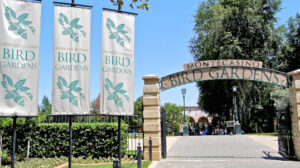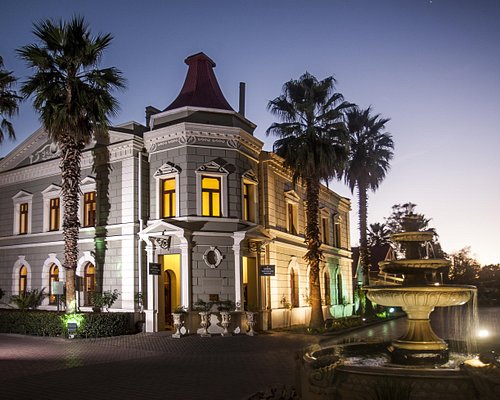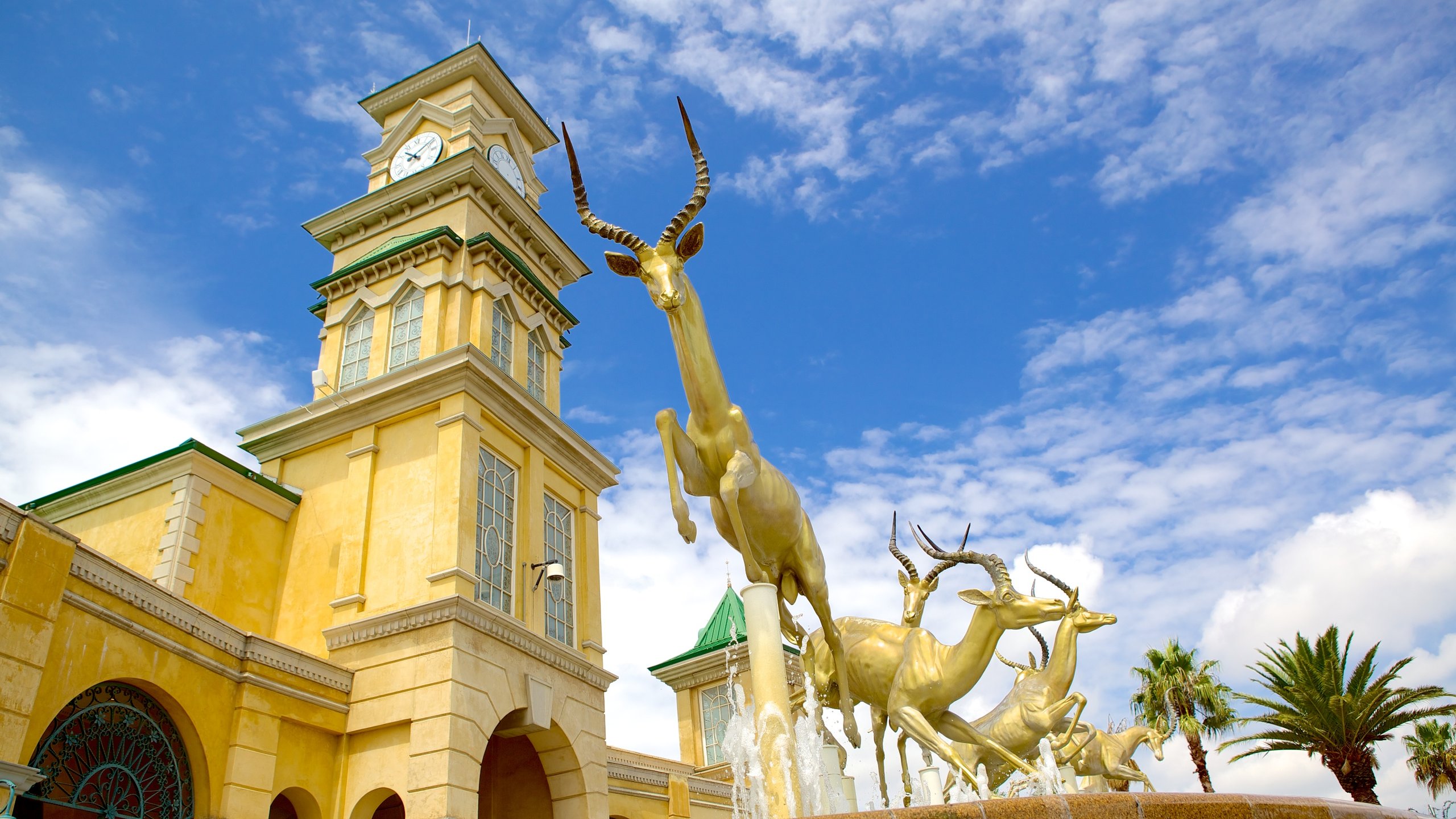Johannesburg North Attractions Fundamentals Explained
Johannesburg North Attractions Fundamentals Explained
Blog Article
Johannesburg North Attractions - The Facts
Table of ContentsJohannesburg North Attractions - An OverviewMore About Johannesburg North AttractionsA Biased View of Johannesburg North AttractionsJohannesburg North Attractions - An OverviewAbout Johannesburg North AttractionsJohannesburg North Attractions Can Be Fun For EveryoneAll about Johannesburg North Attractions
You need to keep safety and security in mind and tourists must continue to be alert at all times when in unfamiliar surroundings. Talk with the locals when you remain in community to learn about the area you are remaining in. Johannesburg North attractions. When on the street (this does not apply to shopping center and various other protected atmospheres) ideal general recommendations is to attempt your best to appear like a neighborhood and to avoid displaying any type of type of wide range
The Ultimate Guide To Johannesburg North Attractions
Teacher Revil Mason O. J. (Thomson, 1946) explored the Witwatersrand's pre-colonial history. His archaeological work blew up the 'em pty land' misconception, according to which the area was empty of human habitation prior to the arrival of European settlers. In his publications Prehistory of the Transvaal: A Record of Human Activity (1962) and Origins of Black Individuals of Johannesburg and the Southern Western Central Transvaal Advertisement 3501880 (1986 ), Professor Mason demonstrated the degree of social and financial development in the area prior to Europeans set foot right here.

10 Simple Techniques For Johannesburg North Attractions
In 1878, David Wardrop discovered gold in quartz blood vessels at Zwartkop, north of Krugersdorp. In 1881, Stephanus Minnaar came across gold on the farm Kromdraai, near the Cradle of Mankind.
In March 1886, a protrusion (soon to be called the Main Coral reef) was found, quite fortuitously, on Gerhardus Oosthuizen's farm Langlaagte. Some say that the Lancastrian coal miner George Pedestrian uncovered this reef. One more travelling English prospector, George Harrison (who had previously operated in Australian mines) obtained a prospecting licence in respect of Langlaagte in Might 1886.
He decided to carry on in a quest for greener pastures, and disposed of his Langlaagte claim for the handsome sum of 10. Alas: beneath lay the richest goldfield ever before located. The discovery of this abundant auriferous coral reef prompted a gold rush that signalled the end of agrarian serenity in the southern Transvaal.
It would, within 6 years, come to be the biggest town in southern Africa. Within a decade, it would certainly make the Z. A. R. till after that an anarchical and insolvent little state the most affluent country in Africa. By the millenium, the Z. A. R. was to exceed Russia, Australia and the USA of America to come to be the globe's leading gold producer, creating greater than a quarter of the globe's gold.
Facts About Johannesburg North Attractions Revealed
It was understood as Ferreira's Camp, named after Colonel Ignatius Ferreira. He was a Boer traveler upon whom the British authorities had presented the status of Friend of one of the visit here most Distinguished Order of St Michael and St George (qualifying him to the post-nominal letters C. M. G.) in gratefulness for his function in the war that had actually deposed the Pedi king Sekhukhune in 1879.
Soon the camp was bursting with tents and wagons as newbies arrived daily from everywhere. By September 1886, some 400 individuals lived in Ferreira's Camp, which quickly flaunted upraised iron and lumber buildings. Two various other camps were developed: Meyer's Camp on the farm Doornfontein, and Paarl Camp. The latter was nicknamed Afrikander Camp; lots of people from the Cape Swarm cleared up there.

What Does Johannesburg North Attractions Do?
This name acquired money by word of mouth, such that the State Secretary attested the name to the Mining Commissioner on 9 October 1886. Stands in the village were auctioned on 8 December official statement 1886. While some stands were marketed for 10, others were knocked down for as low as sixpence.
2 years later, these erven were to alter hands for as much as 750 each. The tented camps diminished as a dorp of corrugated iron structures established and increased north of the mines located along the Key Reef Road. Locations such as Jeppe's Town (where working-class immigrants erected their dwellings) and Doornfontein (where the upscale brand-new 'Randlords' started to construct their extravagant houses) were soon included to the ever-expanding map of the community.
The smart Trick of Johannesburg North Attractions That Nobody is Talking About
Aside from the road names, there were no indications of about his Johannesburg being positioned in a Dutch-speaking nation. Several years later on, C. W. Kearns O. J. (one of the first kids enrolled at St John's University in 1898) would recall: 'A weird fact about Johannesburg was that, although it remained in the [Boer Republic], virtually everyone talked English and also the Federal government slaves resolved one in English, unless they were initial attended to in the Taal (or Low Dutch)'.
As such, Britain had an interest in ensuring optimal problems for gold manufacturing on the Witwatersrand, and that the gold was exported to London as opposed to Berlin an essential rendered all the more clamant by the Z. A. R - Johannesburg North attractions.'s increasing toenadering with Germany. Mine owners got on a clash with Head of state Kruger, whose plan of monopolistic giving ins (usually approved to his cronies) avoided mining companies from obtaining supplies of products (especially dynamite) and work on their own, cheaper terms
Examine This Report on Johannesburg North Attractions
In 1890, the Volksraad had restricted the franchise business to white males who had stayed in the Z. A. R. for fourteen years or longer, thus disqualifying many of the immigrants (that happened to be the major contributors to the fiscus). Agitation for the vote was a simple pretext for advertising a various program; a lot of uitlanders concerned themselves as short-lived site visitors and had no purpose of continuing to be in the Z.
Report this page